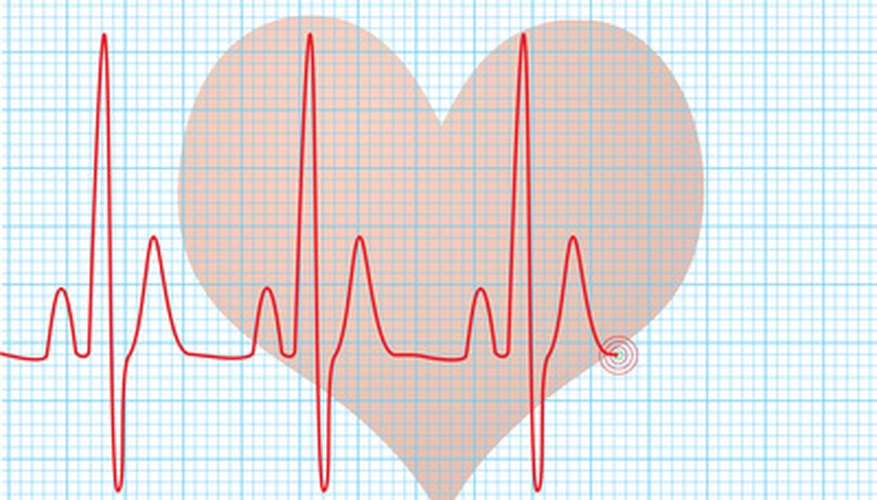Mural endocardium is the medical term for the lining of the heart chamber walls. This lining has a specific function and particular dangerous medical conditions associated with it, especially for those who have had a history of heart trouble.
Function
The American Heritage Medical Dictionary defines endocardium as the thin serous, or waterlike, membrane that lines the interior of the heart. It consists of both epithelial tissue and connective tissue. Its function is to line the inner cavities of the heart and to cover the heart valves. Mural endocardium is the part of the endocardium that affects the lining of the walls of the heart chambers only.
- The American Heritage Medical Dictionary defines endocardium as the thin serous, or waterlike, membrane that lines the interior of the heart.
- Its function is to line the inner cavities of the heart and to cover the heart valves.
Appearance
The mural endocardium is made up of tightly packed cells and fibrous material, despite being filled with fluid. It looks similar to the rings that make up the inside of a tree trunk. They are connected to a base, and together they form the lining that covers the heart and heart valves.
Potential for Danger
Endocarditis is an infection of the endocardium. Endocarditis sometimes occurs in people who have pre-existing heart diseases. Because this condition can damage and even destroy the heart valves, it is important for those with endocarditis to seek immediate treatment. There is a heightened risk for endocarditis in people who are having dental work or certain types of surgeries due to bacteria being introduced into the patient's bloodstream.
- Endocarditis is an infection of the endocardium.
- Endocarditis sometimes occurs in people who have pre-existing heart diseases.
Warning Symptoms
According to the Mayo Clinic, the symptoms of endocarditis include fever; chills; a new or changed heart murmur; fatigue; aching joints and muscles; night sweats; shortness of breath; paleness; a persistent cough; swelling in your feet, legs or abdomen; unexplained weight loss; blood in your urine (either visible or found in a doctor's viewing of your urine under a microscope; tenderness in your spleen; Osler's nodes (red, tender spots under the skin of your fingers); and Petechiae (tiny purple or red spots on the skin, whites of your eyes or inside your mouth.
Prevention/Solution
Although infection of the mural endocardium is rare, patients with certain heart conditions should receive a single dose of an antibiotic prior to dental procedures. The American Heart Association and American Dental Association suggest antibiotic treatment for patients who have had bacterial endocarditis before, have had a prosthetic (artificial) cardiac valve or prosthetic material used in valve repair, have cardiac valve disease and have had a cardiac transplant, or have congenital (present at birth) heart disease.
